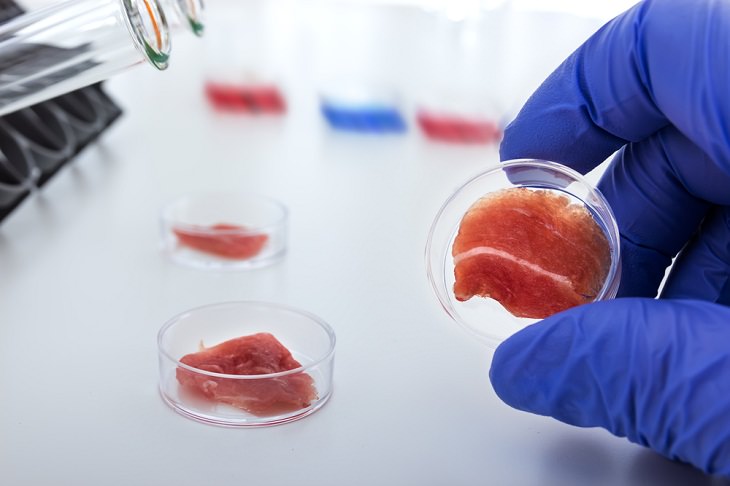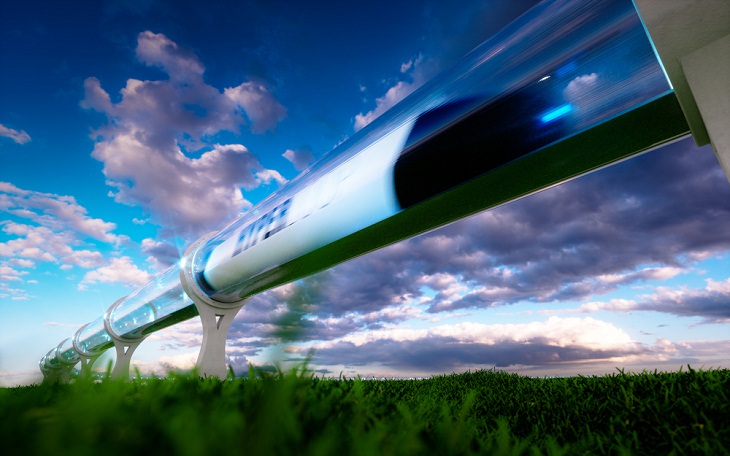
Today, we will look at some future technologies that have the potential to change our world by the next decade. These are exciting prospects – from lab-created meats to living robots – that may well transform our tomorrow in ways we never imagined. Take a look.
We've all known that robots will walk among us one day. However, the first major step towards that has finally been taken. Scientists from America have created the world's first living, self-healing robots using stem cells from frogs. These robots are named xenobots, after the African clawed frog (Xenopus laevis), and are less than a millimeter (0.04 inches) wide. The biologists on the team reused frog stem cells and created completely new life-forms that can self-heal. Scientists believe that these programmable organisms can be used to target medicine to a particular area of a patient or for cleaning plastics from our oceans. This is a breakthrough in the world of science and could pave the way for more advanced robots to be created in the future.

Scientists in the US have used bacteria to create a sustainable concrete that is "alive" and can even reproduce! This is a significant development that could help reduce the environmental impact of the construction industry.
"We already use biological materials in our buildings, like wood, but those materials are no longer alive," said Wil Srubar, an assistant professor at the University of Colorado Boulder in the US. "We're asking: Why can't we keep them alive and have that biology do something beneficial, too?" said Srubar.
The living concrete would have the ability to self-heal its own damaged cracks, apart from removing harmful toxins on its own and glow on command. This is an interesting development and has the possible benefit of eliminating the high temperatures and carbon dioxide releasing processes involved in concrete making.

Flying cars have been a staple of our imagination for decades now. Sci-fi films and books have only helped fuel that imagination. However, flying vehicles won't just remain a part of our collective dreams but will soon become a reality.
We've already caught a glimpse of what a commercial flying car could look like with the launch of the Terrafugia Transition in 2009. After multiple upgrades and transitions to the designs, the aircraft had finally hit the market in 2019. The vehicle's current model can achieve a top speed of 100 mph (161 km/h) with a maximum range of 400 miles (644 km). Furthermore, Terrafugia can reach heights of 9,000 feet (2743 m) and allows two passengers to soar above traffic comfortably.
The PAL-V Liberty (a personal air and land concept vehicle) is another flying car we hope will become a reality. It has been authorized to fly under both the European Aviation Safety Agency and the US Federal Aviation Administration. It is hoping to be a regular feature of transport in the years to come. The aircraft is a part-gyrocopter, part-car, and part-motorbike. It is a two-seat three-wheeler that can reach a top speed of 160 km/h (100 mph) on the road and can be driven by anyone with a driver's license.
It will be exciting to see if these flying cars manage to make their way into the public transport system in the coming years.
See Also: Which of These Flying Cars Would You Like in Your Garage?
See Also: 11 Technologies to Potentially Achieving Immortality
Tech entrepreneur Elon Musk is also developing an innovative brain-machine interface that will have the ability to download your brain interface into a computer. For now, the machine, being made by Musk's secretive Neuralink team, has been implanted in a pig called Gertrude and is undergoing various trials. However, Musk believes that the device would translate our thoughts and commands and enable us to control various devices around our home just by thinking.
In August 2020, the team demonstrated a prototype of its brain-machine interface. They have envisioned a small, robotic device that inserts tiny electrode threads through the skull and into the brain. During the event, Musk displayed several pigs that had prototypes of the neural links implanted in their head, along with the equipment that was tracking those pigs' brain activity in real-time.
This project's eventual goal is to connect computers to human brains and develop implants that can treat neural disorders. The Neuralink team believes that this device can be used to cure deafness, paralysis, memory loss, and even prevent stroke. Exactly how feasible is this ambitious vision turns out to be remains to be seen.
Liked this post? Share it with others...